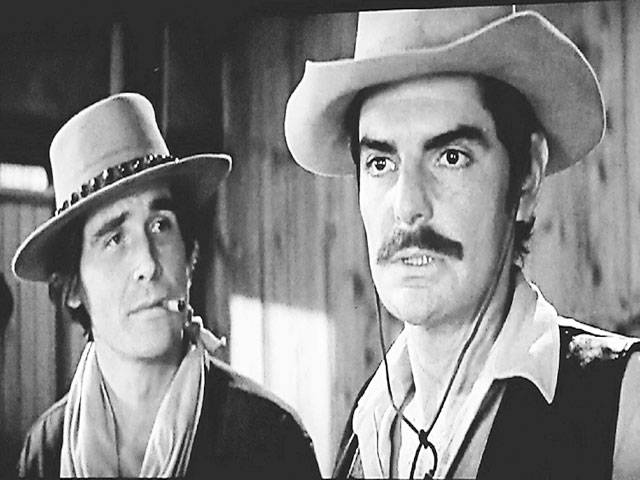“What humans describe as sane is a narrow range of behaviors. Most states of consciousness are insane.”
HO’s Westworld has become one of the biggest science fiction shows of today—so big, in fact, that many forget that it is a reimagining of a small 1970s film by Michael Crichton of the same title. HBO’s Westworld, although withholding similar core concepts, is very different from its 1973 counterpart. It focuses more on questions that plague today’s audiences- the nature of free will, the origin of consciousness and other such speculative questions of the human condition. The original film is less a lofty probe into sentience and more a straightforward tale of human hubris and robot revolt.
A lot of time is spent in today’s HBO’s Westworld to establish the androids as incredibly lifelike constructs, able to respond and react in realistic, credible manners. In fact, as the series progresses, it becomes aware that the Hosts (androids) are capable of developing beyond their programming in ways that almost make them human.
The film does none of this.
The androids of the 1973 film are animatronics. They are soulless shells that sometimes fail to respond to interaction.
On the other hand, the “glitching” in the series is really the Hosts (robots) becoming self-aware of their fate. The series’ hosts illicit sympathy because they are very much like people. The androids of the film illicit discomfort because, despite their outer appearance, they are so not human.
The modern version illustrates just a faint line separating the droids from the humans, fulfilling a very modern fear of Artificial Intelligence replacing humankind.






